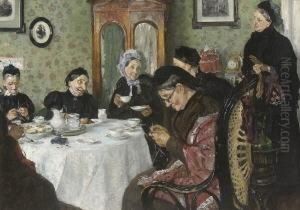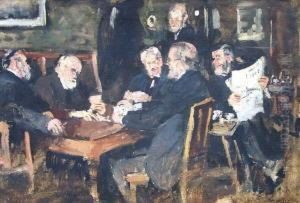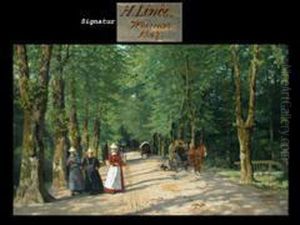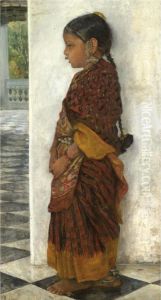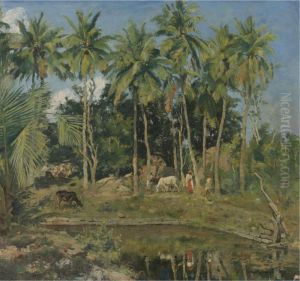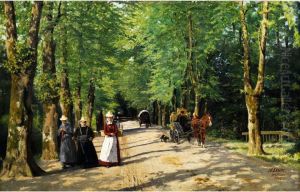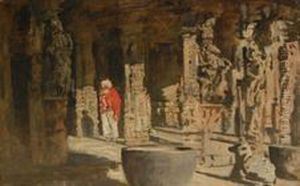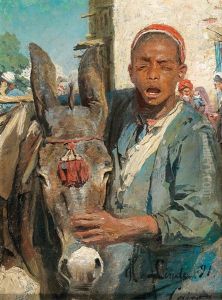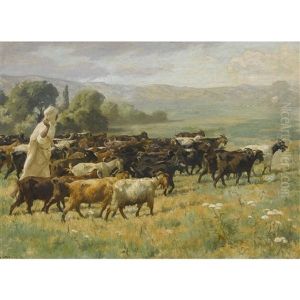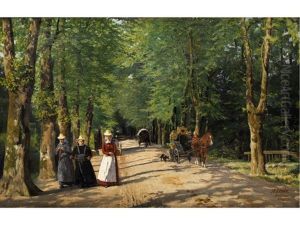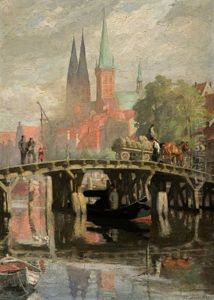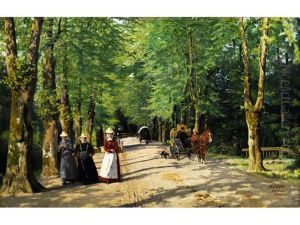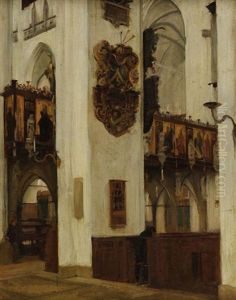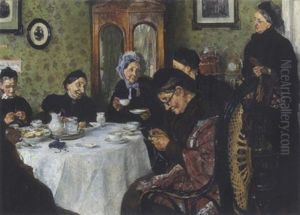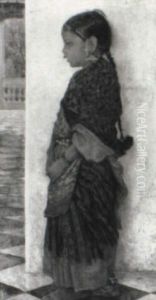Hermann Linde Paintings
Hermann Linde was a German-Swedish painter known for his detailed and vibrant works that often focused on landscapes, cultural scenes, and portraits. Born on June 4, 1863, in Lübeck, Germany, Linde developed an early interest in the arts. His education in painting began in Germany, where he initially honed his skills before moving to more advanced studies. Linde was part of the late 19th and early 20th centuries' art movements, a period marked by a transition from traditional to more modern artistic expressions. Despite this, Linde's work remained deeply rooted in the realist tradition, with a keen focus on capturing the essence of his subjects with precise detail and vivid coloration.
Linde's career took a significant turn when he moved to Sweden. This relocation was motivated by both personal and professional reasons, including the search for new inspirations and the desire to be part of the vibrant Scandinavian art scene, which was gaining prominence at the time. In Sweden, Linde's work began to reflect more of the natural landscapes and cultural life of Scandinavia, which differed markedly from his earlier subjects in Germany. His paintings from this period are characterized by a lighter palette and a more fluid representation of light, showcasing his adaptability and growth as an artist.
Throughout his career, Linde exhibited his work widely, gaining recognition and acclaim both in Germany and Sweden. His legacy is that of a painter who managed to bridge his German roots with his adopted Swedish culture, creating a body of work that resonates with themes of nature, tradition, and the simple beauty of everyday life. Hermann Linde passed away on July 29, 1923, in Helsingborg, Sweden, but left behind a rich collection of paintings that continue to be appreciated for their technical skill and emotive power. His contributions to the art world are remembered for encapsulating the essence of two distinct cultural landscapes, making him a unique figure in the annals of European art history.
